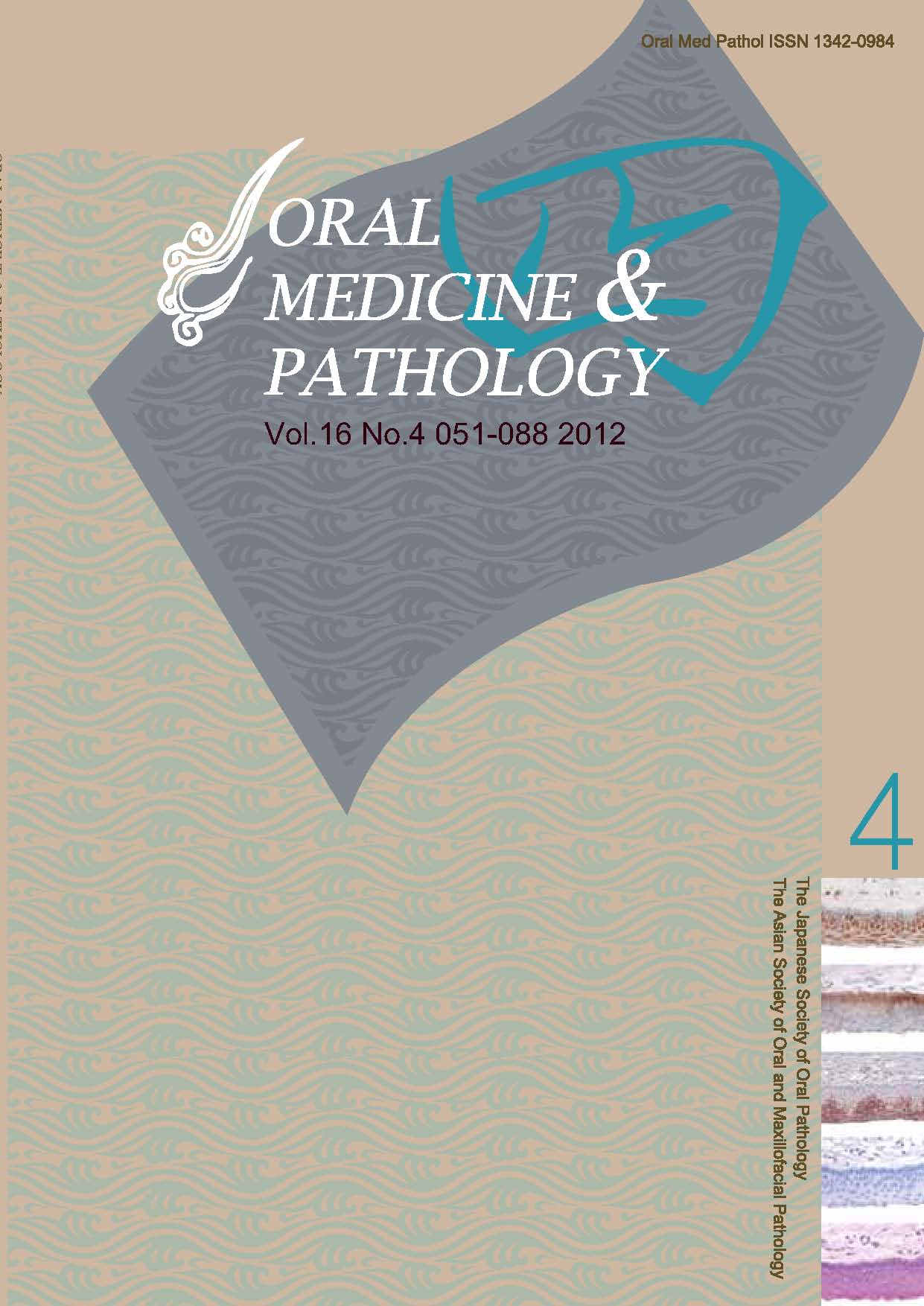Volume 10, Issue 4
Displaying 1-5 of 5 articles from this issue
- |<
- <
- 1
- >
- >|
Original
-
Article type: Original Article
2005Volume 10Issue 4 Pages 115-120
Published: December 25, 2005
Released on J-STAGE: April 01, 2008
Download PDF (545K) -
Article type: Original Article
2005Volume 10Issue 4 Pages 121-129
Published: December 25, 2005
Released on J-STAGE: April 01, 2008
Download PDF (400K) -
Article type: Original Article
2005Volume 10Issue 4 Pages 131-138
Published: December 25, 2005
Released on J-STAGE: April 01, 2008
Download PDF (1268K)
Case Report
-
Article type: Case Report
2005Volume 10Issue 4 Pages 139-143
Published: December 25, 2005
Released on J-STAGE: April 01, 2008
Download PDF (1114K) -
Article type: Case Report
2005Volume 10Issue 4 Pages 145-148
Published: December 25, 2005
Released on J-STAGE: April 01, 2008
Download PDF (796K)
- |<
- <
- 1
- >
- >|
